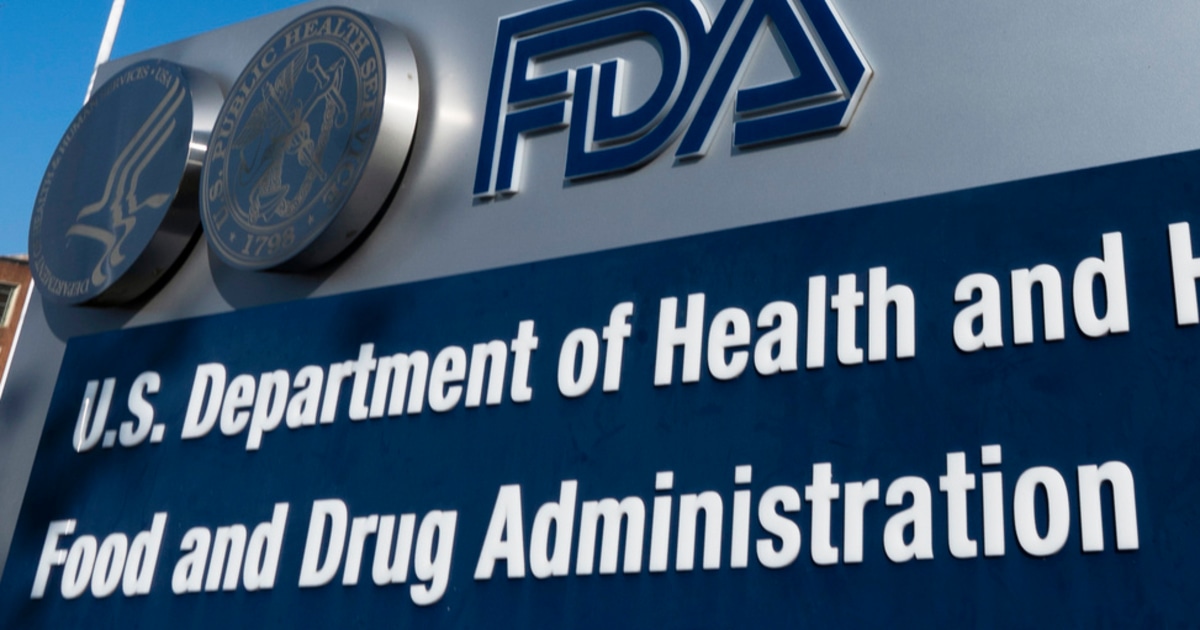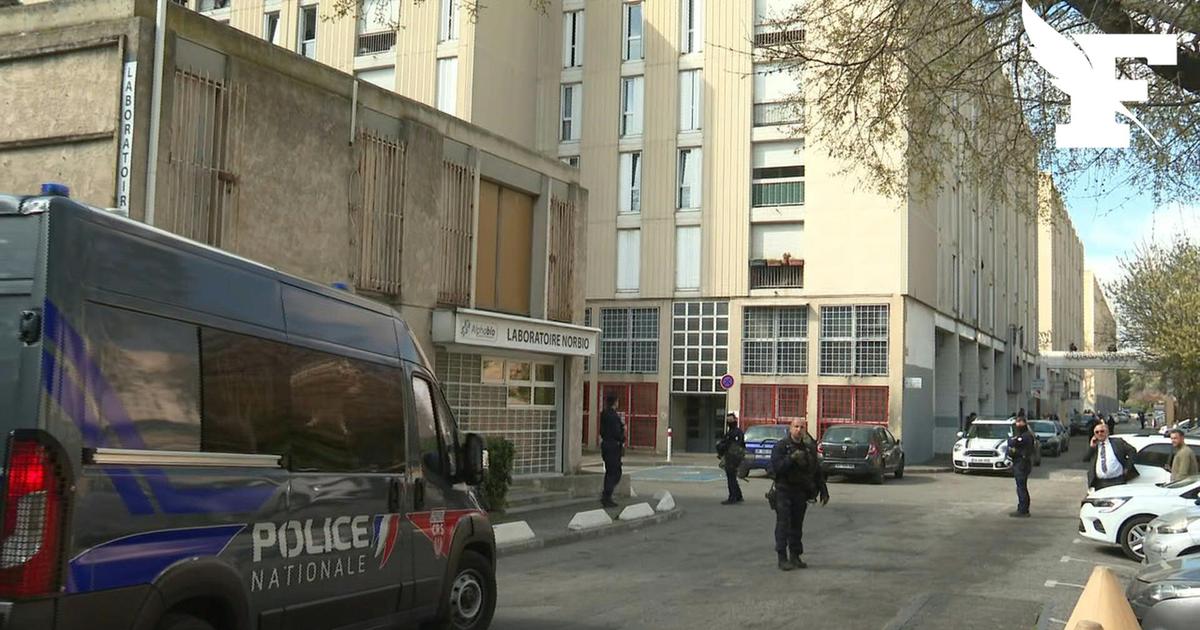Lung cancer kills 1.8 million people in the world each year, according to the Spanish Society of Medical Oncology (SEOM).
It is the second most frequent tumor, after breast cancer, and although its overall prognosis continues to be unfavorable —five-year survival is around 15%—, at the foot of the consultation, the evolution of each patient is a world.
Not all lung tumors are the same, clarifies Enriqueta Felip (Barcelona, 58 years old), head of the Thoracic Tumors and Head and Neck Cancer group at the Vall d'Hebron Institut d'Oncology (VHIO) and president of the SEOM: “ When we talk about lung cancer, we talk about many different diseases.”
The oncologist has spent her entire career between the consultation and the laboratory, unraveling the enigmas of a disease that has its maximum instigator in tobacco.
During the interview, recently landed in Barcelona after a week at the American Society of Medical Oncology (ASCO) congress, one of the most important events in the world in cancer research, Felip celebrates the scientific advances of recent years: “ Mortality is declining thanks to the decline in smoking and to new treatments”, he resolves.
More information
Trojan horses, the drugs that already multiply survival in cancer patients
Precisely, a colleague of Felip, Mariano Provencio, president of the Spanish Lung Cancer Group, presented at ASCO a study also published in the
New England Journal of Medicine
, which consolidates the combination of chemotherapy and immunotherapy before operating on a subgroup of patients: “This goes beyond a new drug;
This opens an expectation for a group of patients that could not be operated on before, ”explained the oncologist to EL PAÍS a few weeks ago.
However, much remains to be done on the two main fronts: prevention and personalized treatments.
Also in the price of new therapies, Felip points out, which he considers "absolutely high" and put the sustainability of the health system in check.
Ask.
What does it mean today to have lung cancer?
Response.
The diagnosis of lung cancer, cancer in general, is a complex situation.
What it means is that a multidisciplinary team is necessary to address the disease.
There are many variants: when we are talking about lung cancer, we are talking about many different diseases.
You have to put yourself in the hands of this multidisciplinary team, which reaches a diagnosis and staging and then proposes the best treatment in each individual case.
In recent years we have made progress in personalized treatment.
P.
How has this progress been?
A.
In the 2000s, we had two main groups of patients: those with small cell lung cancer and those with non-small cell cancer.
The big change was in 2004, with the identification for the first time of the EGFR [protein] mutation in a group of tumors that had totally differentiated behavior and that were candidates for oral treatment.
The second [biomarker] was ALK in 2007 and then we had another one, which is ROS1.
This was the beginning of precision treatment based on biomarkers and then came immunotherapy, whose first results of the studies were in 2012.
Q.
Only a decade ago.
A.
Exactly.
We first saw that in the phase I studies there was activity in lung cancer and we began to study in metastatic disease.
Progress has been constant and in recent years, we are already seeing how immunotherapy is incorporated in patients with early stages.
Q.
Is lung cancer no longer a death sentence?
A.
It is not.
At this time, we know that we can do many approaches and globally mortality from lung cancer is decreasing thanks to the decrease in smoking in the population and new drugs, which are changing expectations.
P.
Researchers speak of long survivors in some tumors.
Are there in lung cancer?
R.
There are patients with lung cancer who are cured.
That is why it is important to insist on early diagnosis: there are tumors that are initial and we can treat and cure them.
We are increasing the number of people who can be cured and we are also getting some targeted treatments and immunotherapy strategies to make the disease chronic in some cases.
Mortality from lung cancer is falling due to the decline in smoking and new treatments, which are changing expectations
P.
But it is still the tumor that causes the most deaths.
R.
It is a frequent tumor.
It is a disease in which we must investigate and continue fighting, in prevention, for example.
Q.
You just got back from the ASCO congress, what's new?
A.
I would highlight the Spanish study Nadim 2, an academic investigation presented by Dr. Provencio and showing that the combination of chemotherapy plus immunotherapy is associated with a higher percentage of complete pathological responses [absence of the tumor].
It is important.
P.
Dr. Provencio was very optimistic about this study and said that it "changed the paradigm" of treatment, but it is an investigation in a subgroup of patients (in stage III-A) of a very specific tumor.
Are you also optimistic?
A.
It is very important.
Stage III-A is a very heterogeneous group of patients.
We are opening the possibility of chemo plus immunotherapy to patients with non-metastatic disease, but more voluminous.
Seeing that the percentage of people who do not have a tumor when you operate is higher is very relevant.
P.
Is the trend now the combination of therapeutic weapons that already exist?
R.
Let's see, we are going to have new targeted treatments, but the truth is that we are also looking at the possibilities of combinations of immunotherapy, which is somewhat broad and opens the door to new strategies in the coming years.
Q.
There are many therapeutic options for one of the large subgroups of lung cancer: non-small cell lung cancer.
But why is it so hard to find drugs for small cell tumors?
R.
That is a tumor that has a very important association with the tobacco habit.
It is true that if the disease is limited to the chest, we have a chance of cure with chemotherapy and radiotherapy strategies.
We have also improved with the integration of immunotherapy in an advanced stage.
There is a modest improvement and we probably have to advance in more personalized treatments, but this is perhaps a little more complex in small cell cancer.
Q.
What are the challenges ahead for lung cancer research?
R.
We have to continue working on prevention because we have not been able to convey to the population the relevance of tobacco.
As much as everyone knows it, there is 20% of the Spanish population that continues to smoke.
You have to investigate how best to reach this message.
On the other hand, in lung cancer we have some identified subgroups, but there is much to be done, such as seeing how we identify other subgroups of patients that can help us to make more personalized treatments.
Then, immunotherapy is a great strategy, but we also have to individualize these treatments and be able to identify biomarkers and which patients can benefit from other strategies.
Q.
Many oncologists are afraid to use the word cure when they talk about cancer.
To you?
R.
I think we have to be able to talk about the percentage of chances of healing.
In order not to transmit information that is not precise, it is difficult at the time of diagnosis for us to be able to talk about what is going to happen to each person.
But talking about statistics, about healing possibilities, doesn't scare me.
Q.
Now that research is advancing to increasingly personalized treatments, another debate is opening up: how to pay for them.
R.
It is a very important issue that we have to address.
It is evident that each one of the drugs must be valued for what it contributes.
It is important that we can give the different drugs a value for what they contribute to the situation and the specific disease.
At the moment, drugs are expensive and there must also be an effort to try to rationalize all this and ensure that those drugs that really add value can arrive.
Q.
An effort on whose part?
R.
Not only from the Administration, but also from the pharmaceutical industry.
The effort has to be on all sides.
Keep in mind that at the moment prices are absolutely high and it is important that everyone makes an effort to make the system sustainable.
Q.
20% of Spaniards continue to smoke daily.
What do you think?
R.
Nobody has to feel guilty about smoking because it is an addiction, but I think that we do not transmit information well and, perhaps, we have to use other channels because young people move in other ways.
We should reach 0%, but in the meantime, I believe that the price of tobacco is not excessively expensive in our country either and I am sure that smoking should also be prohibited in public spaces, even outdoors.
We have to continue working on prevention because we have not been able to convey to the population the relevance of tobacco
P.
Precisely a new rule is being finalized to put a fence around smoke.
One of the biggest controversies is the issue of prohibiting smoking on terraces.
A.
Not smoking on the terraces would be a very well taken decision.
There was also talk of sports fields, in cars... It is not a problem of individual freedom, but rather it affects those who are next to it.
It is difficult to establish a specific risk for a person for being on the terrace next to a smoker, but it is clear that passive smokers have a higher risk.
Q.
Is zero tobacco possible?
A.
Yes, it has to be possible.
Q.
But is smoking still cool?
R.
It is difficult for me to understand.
But what is clear is that we still have a percentage of young people who are smoking.
And despite all this that we communicate, despite the fact that it seems very clear to us, we are not getting there.
Surely we have to be more in schools, in schools and explain it more.
Q.
And if we remove tobacco from the equation, what are we left with for lung cancer?
R.
We see 15% of lung cancers in non-smokers.
We have seen in these people more molecular alterations in the tumor, which does not mean that they are hereditary.
Why these alterations appear in the tumor we do not know.
For example, EGFR mutations do not have the same incidence in different parts of the world: it is higher in the Asian population than here.
Possible causes need to be further investigated.
Q.
And pollution, what role does it play?
R.
It sure isn't positive.
What happens is that in a tumor in which there is so much weight of a risk factor such as tobacco, it is difficult to evaluate exactly the increase that other elements represent.
P.
Will it be possible to turn lung cancer into a minority disease or even end it?
R.
The role of prevention here is important and we have improved, but there is still a lot to do.
I believe that we will continue to improve and that we will clearly be able to convey more this importance [of the risk factors for lung cancer], but from this to making it a very rare disease, we still have a way.
You can follow EL PAÍS Salud y Bienestar on
,
and
.




/cloudfront-eu-central-1.images.arcpublishing.com/prisa/PXTLDZ4PUVFJLM6CHYFPYPWVKI.jpg)








